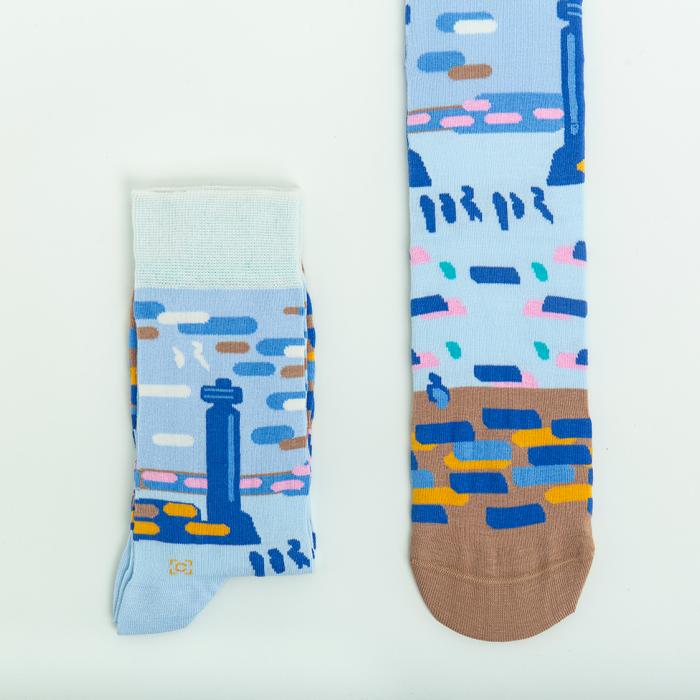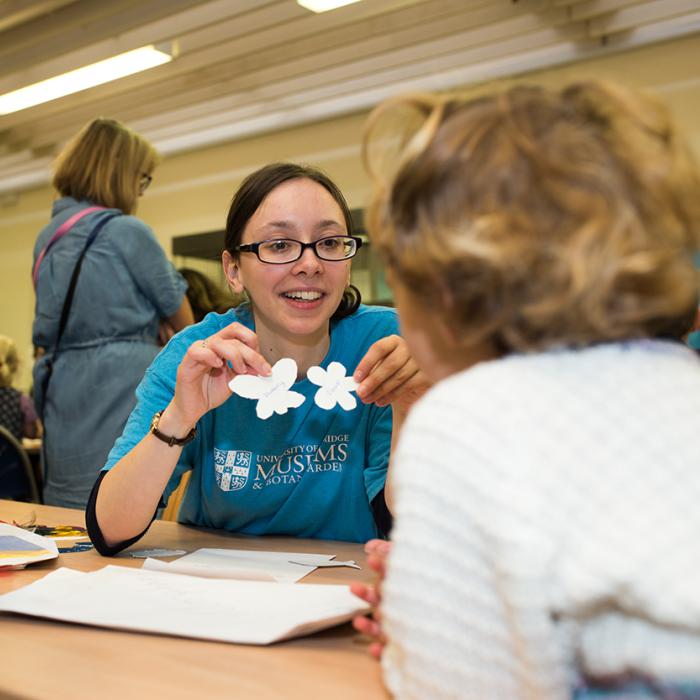This exhibition highlights Kun or Kunqu, one of the oldest forms of traditional Chinese Opera, through musical instruments associated with it and through creative responses by artists from the UK and China. More Than Music opens on the 16th October and runs until April 2019.
Tuesday – Saturday
10:30 a.m. – 4:30 p.m.
Sunday
12.00 noon – 4:30 p.m.
Sometimes in archaeology we come across objects that truly intrigue us. The mysterious 11,500-year-old headdresses, found at the Mesolithic site of Star Carr in Yorkshire are just such an example. Made of deer skulls with antlers attached and holes bored into them, it is impossible not to look at the headdresses and wonder how they were worn and who wore them. Were they disguises for hunting, or perhaps elaborate costumes worn by Mesolithic shamans?
Born in Addis Ababa, Ethiopia in 1970, and now resident in New York, Julie Mehretu is among the most highly regarded artists working today. A recent painting by the artist, Ghosthymn, was included in the exhibition Actions. The image of the world can be different, which marked the re-opening of Kettle’s Yard in 2018. Inspired by current world issues, her personal biography, and the history of abstraction, Mehretu’s powerful works interrogate the present with urgency and lyricism.
Louise Bourgeois (1911–2010) was born in Paris and lived and worked in New York from 1938. She is widely recognised as one of the most important figures of modern and contemporary art. Often biographical, Bourgeois’ work explores themes including childhood, family, motherhood and gender identity.
The Fitzwilliam is justly described as a collection of collections. In common with other curatorial departments, the Museum’s collection of prints and drawings continues to grow through gift, bequest and occasional purchase. This exhibition celebrates the benefactors and donors who have helped to enrich the collections, and highlights a number of exceptional works bought with funds raised or donated by individuals, charities, and other supporters.
The range will include figures emerging from the shadows in the artist’s early ‘French set’ of the 1850s, intimate domestic scenes of friends and fellow artists in London, and late lithographs of nudes and portraits of his sister-in-law ‘Bunnie’, made in the 1890s. Whistler’s relationships with a number of friends quickly soured as they became the victims of his humour.
Born in America, but living in the UK for most of his life, Whistler was known as an artist with a bold personality and a revolutionary attitude towards the natural world.
Sir Ivor, Professor of Psychiatry at Dundee University, and his wife Honor, spent decades collecting a wide array of fine and decorative arts, advocating that ‘One had to learn by looking, which is the best education’. Highlights from the collection will be on display for the first time, including drawings by Dante Gabriel Rossetti, John Ruskin, William Orpen, Walter Sickert and Gwen John, alongside fine examples of 18th century salt-glazed stoneware, rare 17th and 18th century Spanish glass, and 19th century French animal bronzes.
The 1920s was a time of unprecedented change, after the trauma of the First World War. In America and Western Europe there was great prosperity and artistic innovation, with the new Art Deco style. At the same time there was economic and political crisis in Germany and Central Europe. In Russia the new dawn of Revolution led to Stalin’s terror. All of this can be seen in coins, medals and banknotes of the 1920s.
This special display explores the history of Jerusalem through the coins minted and used in the city from the earliest coinage to that of the Ottoman Empire.

